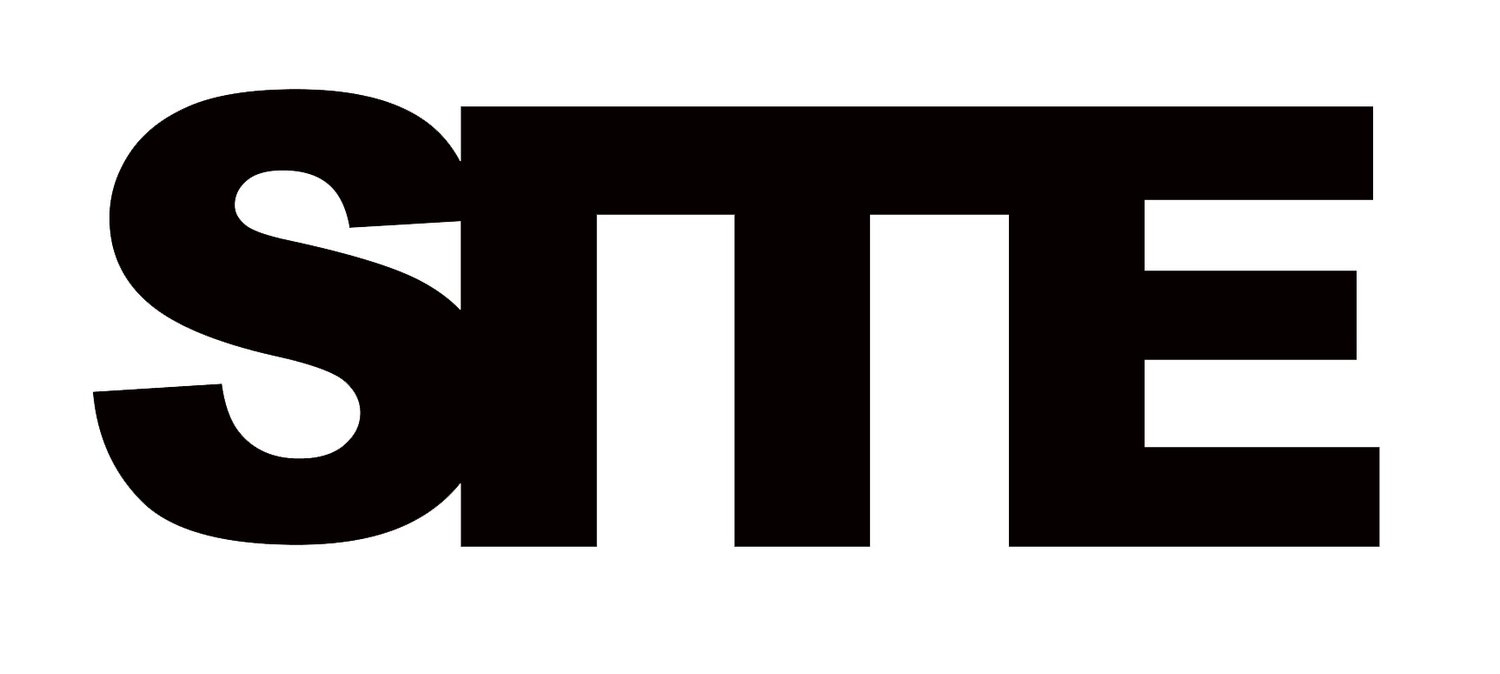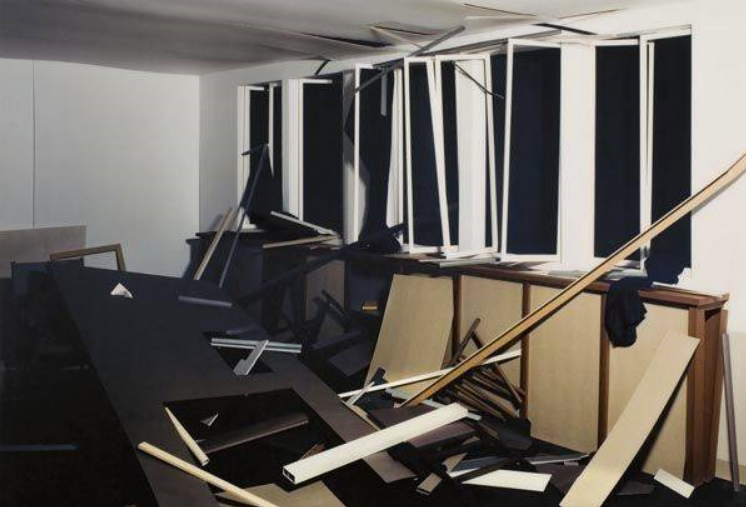Photography and Time
By Thomas Demand
George Kubler wrote in his book, The Shape of Time, that the “historian’s most noble task is to explore the different forms of time. Therefore his aim would be the representation of time. His obligation is to recognize time, and to describe it thoroughly. He composes it, he simplifies it, he transforms it and he colors it like a painter.”
Time itself is not recognizable as such. It’s like consciousness. We only know it through things that take place, by watching changes and durations. In this respect time is a means of perception. Photography is a technical device to capture a point in time, they say.
I spent the last years constructing images in which those paradigms might appear to be intertwined in a paradoxical relation, and I’d like to show you some aspects of this effort.
First and most bluntly I’d like to direct your attention to the fabrication of my images. You might notice that some details are missing which are important in locating a photograph in time and context. We don’t see any letters, no traces of use etc., but we see other details: seams, a timeless quality in the surfaces and a reduced reflection of light onto the objects.
Well, as most of you might know by now, they are “attrappen” as we call them, dummies. The objects you see here are all made of one material, paper.
Thomas Demand, Room (Zimmer), 1996, courtesy MoMA
But besides this now quite obvious difference between its physical status and its flimsy representation, the space here is not innocent. We can actually see that it’s a very specific environment. A hotel room, a space full of human presence – partially that of an unknown person, partially that of the artist himself by means of his sculptures. But obviously the character of the image is somewhat “documentary.” To some of you it might even look familiar. I used a source for this portrait of a room: a photograph of the hotel room L. Ron Hubbard, the founder of Scientology, used to work in.
I used an existing, freely accessible image to recreate a space entirely from the information given in that image. It seemed to me like attempting to enter the two-dimensional picture and finding myself in a three-dimensional setting of one specific point in time which then was just as good as any other moment. This is underlined by the impression of someone just having left the room, its chaotic display of everyday items.
Reinacted image of the politician Uwe Barschel in the tub from the film “Der Fall Barschel” with actor Matthias Matschke.
With the “Bathroom” I intended to explore to what extent the fame of an image can overshadow its actual representational content. It looks like a very ordinary bathroom, but for the part of my audience with a West German background the image has a very moralist overtone. When the photograph on which the piece is based was published on the front cover of the biggest magazine 10 years ago, it showed a dead politician in the filled bathtub. It raised a very emotional public debate about whether the press has the moral right to publish such a truly shocking image – especially given that the photographer broke into the hotel room and sent out the film even before calling the police.
The entire affair was in fact rather mysterious, and the investigations into whether it was suicide or murder have not yet lead to any conclusive results. The scandal wasn’t merely political. It turned out that the Swiss police clearly did a horrible job; some evidence disappeared, too. But a year ago a district attorney in the northern Germany, who is still working on the case, reconstructed the entire scene in the bathroom in Geneva by using those photographs as a main source, and he is convinced that it must have been an assassination. You see, it’s actually a discourse about the factual truth of a photo and the ethics surrounding its use, the resolution of which is achieved via a reconstruction of the things in front of the lens.
Thomas Demand, Podium, 2000
Approximately at the same time as those events were the days when the angry crowd of East Germans stormed STASI offices trying to gain control of their own personal information. For me, of great interest was the fact that the main actor of this incident is paper, and the fact that that which is supposed to be paper in my image is in fact made out of paper. In other words, the signifier is falling on the same spot as the signified, and that operation is clearly visible.
This historic date, the year 1989 (which we all would consider as being the last enigmatic milestone of the previous century), became the central eye-catcher of the next image, entitled “Podium.” I saw myself increasingly confronted with a firm expectation that my work has to tackle some more or less significant point in history. So here we have the Mother of all historical dates, 1989. The 600th anniversary – but of what? It’s the defeat of the Serbs at Amselfeld, a battle that left them in tatters but sufficed as a foundation for Milosevic’s campaign for the national re-awakening of his tribe. Of course, I was very intrigued by the staged flair of the setting, and its late socialist idioms.
Thomas Demand, Poll, 2000
Coming back to our agenda here, the next image, “Poll” and an accompanying series of close-ups, called “Piles,” from 2001, is even fresher in our common memory: the reference to the endless recount in Florida. Here, my idea was to make an image or rather a re-image nearly simultaneous with the actual event, so that the audience might learn about the space itself through my interpretation. Or, in other words, I wanted to get as close to the event as possible, in order to surpass the tautological justification of being historical. I imagined the entire project like a site-specific installation, only that the site is, in this case, the short-time memory of the average American.
This is where I’d like to point out that my interest in such sites differs from a strictly historical interest. I do not have Madame Tussaud in mind when I recreate a place like this. It is a construction, not a documentation. I focus on the reality of the image, not the site that is pictured. As I said before, I can be fairly sure that you are familiar with some of my places. We all know them, as we all share a lot of pictures and stories – sometimes they have been called flashbulb memories. Of course, there are differences: cultural, biographical, and physical. But most of it is communicable. It must be, since this collective memory partially determines our conception of reality.
Thomas Demand, Treppenhaus (Stairwell), 1995
But the past is of course not only historical. With works like “Treppenhaus” I tried to rebuild architecture from memories. I would ask myself, “What, for me, is a staircase?” I thought of five or six significant places, then chose the one from my school, but I avoided including anything of I wasn’t sure about. That is why you don’t see any doors for instance. While the form of the piece starting to take shape, and some references to Moholy-Nagy and Schlemmer (who also painted his staircase from mind, he had left the Bauhaus three years earlier) were woven in, I realized it was one of those German Post-War schools, built under the formal premise of the consideration of what kind of architecture will encourage our children to be a democratic generation with moral integrity. It is grounded on the assumption that you can raise better people in better architecture, a central, but questionable, idea of modernism. So I would be the proof of this thesis.
Thomas Demand Raum (Room), 1995
This leads me to “Raum,” in which those both spheres, the public-historical and the personal-historical, are actually overlapping. As I mentioned above, the principle of our political education was of course the attempt to create a truly democratic generation. For this it was essential that there was something like resistance against the Führer. The space shown is a reconstruction of Hitler’s bunker in Poland, where one of his generals tried to assassinate him with a bomb.
The idea of an incident – though handled in a much more abstract way – could be the description of those two images, called “Glass.” One can assume that the light will come from above in a gallery, and you look at stripes of aluminum glued upright on a piece of white cardboard.
In terms of the relation between time and photography you also might, instead of thinking backwards, look forward: It’s called “Constellation,” but as opposed to the old light, which is pictured on the common images of space, I put new lights in behind a piece of black paper with holes which exactly represent what will be visible in the night sky in 300 years time. None of us will be able to prove its truth, presumably neither the image nor I.
Thomas Demand, Constellation, 2000
A step further: in “Rechner” I tried to make an image of a space that doesn’t even exist yet. But instead of a lame flying saucer I thought of contacting IBM. They got me in touch with the mastermind behind the biggest and most powerful supercomputer up to date, named: “Blue Gene.” He provided me with all necessary and not so necessary details of its intended appearance.
The conceptual layout for “Rasen” was the time spent in making the piece. Its necessary effort is in strong visual contrast to the banality of the depicted motif.
Thomas Demand, Rasen (Lawn), 1998
“Archive” is probably less banal, but represents just as much work. As I was working on this piece – at the same time I was working on “Office” – I thought first about the Stasi archive as a contrast to the office. But files carry the fates of individuals pressed into bureaucratic structures, and therewith the more depressing side of times passed. So it had to be a simpler, less metaphorical thing than a book or a file. Those objects had to be containers for meaning without being meaningful themselves.
Thomas Demand, Archive, 1995
The calmness that those works unfold to me may have to do with the repetition of a similar thing. There will be enough.
In the same way, but more like a trompe l’oeil, is “Panel,” which I use to bring all the other virulent narratives in a room to a standstill.
Thomas Demand, Punched Panel, 1996
This idea of a standstill, which occurs rather in the mind of the viewer, is the idea behind my animations, which mostly work as a loop.
Bazin said once that photography itself is the model. My work is like a quirky camera that is able to produce specific, in the true sense of synthetic, pictures. The optics of this apparatus compel the artist to work in between the front and the back of this device. That whole activity might only be suitable for a limited range of motives; but on the other hand I realized that it isn’t necessary that the camera not move: that’s when I started to think about moving images.
By re-reading my work within the lens, “time,” I have tried to lay out some of the ways of thinking I use in my work. They led me to different ends, even if the vehicle I use for it might appear always to be the same. I started with the short lifespan of my sculpture, which resulted from its being made out of paper.
Then I pointed to the historical time frame of my source material, which led me to works based on autobiographical references. Via a turn I introduced works visualizing a point of time in the future.
The more abstract work was supposed to emphasize time as an ingredient for the process of making an image itself. It led me to the moving image, which never seems to make any progress.
Thomas Demand is an artist, living and working in Berlin and Los Angeles.













